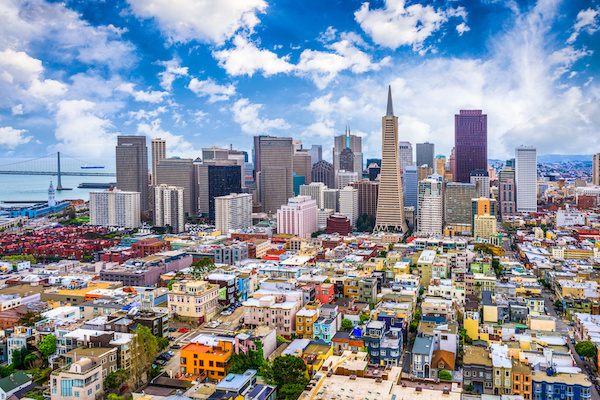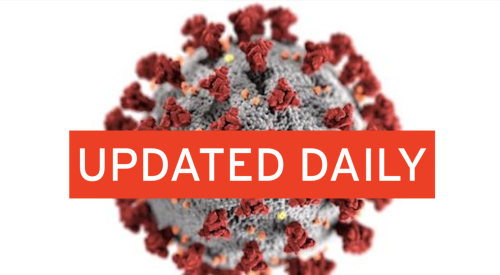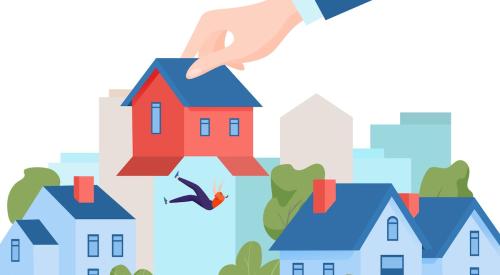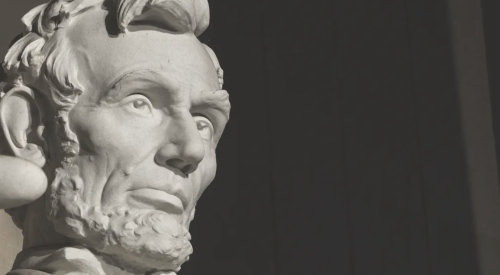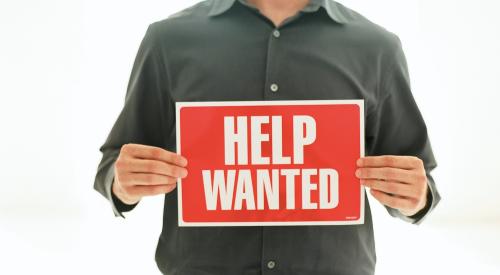The Great Recession knocked America’s housing industry off of its feet, but in the decade since, U.S. cities have picked themselves back up, and some are in even better shape than they were before. Despite this success, however, the shadow of the housing bubble burst still hangs over the industry. It makes sense: For many, the trauma builders and homeowners faced was life changing. But if you look at the numbers, it is clear to see just how far we’ve come, a reminder we may need after the recent stock market dips. Find out if your city topped the list of one of the biggest comebacks this century.
Most Americans these days have a certain degree of PTSD when it comes to even passing mentions of the R word. After all, the Great Recession worked its dark tendrils into the lives of just about everyone. Nearly 9 million people lost their jobs. Almost 10 million homes were foreclosed upon or underwent a short sale. Even those lucky to hold on to their jobs and homes often went without raises and bonuses for years, and watched their retirement accounts dwindle.
And now, with the recent stock market drops and escalating fears that the COVID-19 virus is plunging the world into another recession, folks are beginning to experience some ugly déjà vu. Shudder.
So it seems like a good time to take a big step back to determine just what happened to the housing markets in America's top cities in the aftermath of the worst real estate crash since the Depression. Because the silver lining to the previous housing bust were bargain-basement home prices—if you were able to scrape up the funds to become a buyer back then, of course. Those fortunate enough to weather the storm and purchase a home at the bottom of the market basically won the equivalent of the real estate jackpot.
